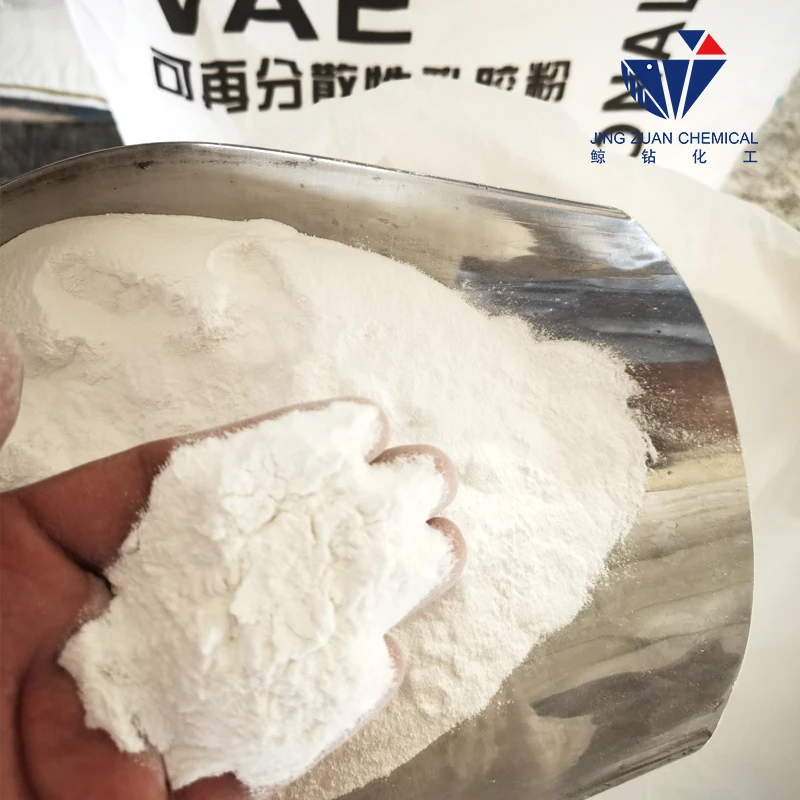
Lis . 29, 2024 15:30 Back to list
Hydroxyethyl Cellulose Production Techniques and Methods Explained in Detail
Hydroxyethyl Cellulose Manufacturing Process
Hydroxyethyl cellulose (HEC) is a non-ionic cellulose ether widely used in various industries, including pharmaceuticals, cosmetics, personal care products, and construction. Due to its unique properties such as water solubility, thickening, and film-forming capabilities, HEC has gained significant prominence. The manufacturing process of hydroxyethyl cellulose is a complex procedure that involves several key steps, including cellulose derivatization, purification, and drying.
Raw Materials
The primary raw material for HEC manufacturing is cellulose, which is derived from natural sources such as wood pulp or cotton. The cellulose obtained from these sources must be of high purity to ensure the quality of the final product. The cellulose serves as the backbone for the resulting polymer after it undergoes a series of chemical modifications.
Derivatization Process
The first step in the HEC manufacturing process is the derivatization of cellulose. This involves treating the cellulose with a hydroxyethylating agent, typically ethylene oxide, in the presence of an alkaline catalyst. The reaction usually occurs in a controlled environment, where temperature and pH levels are carefully monitored to promote optimal reaction rates. The alkaline medium helps facilitate the opening of the ethylene oxide ring, allowing it to react with the hydroxyl groups present on the cellulose chains.
During this derivatization step, the degree of substitution (DS) is a critical parameter that influences the properties of the HEC. The degree of substitution refers to the average number of hydroxyl groups on the cellulose molecule that are replaced by hydroxyethyl groups. A higher degree of substitution typically enhances the water solubility of HEC while impacting its rheological and thickening properties.
Neutralization and Purification
Once the derivatization reaction is complete, the next step involves neutralizing the mixture. This is usually done by adding acid to counteract the alkaline conditions used during the reaction. Neutralization is crucial to stop the chemical reaction and prevent any further modifications to the cellulose structure.
hydroxyethyl cellulose manufacturing process

Following neutralization, the resultant mixture contains unreacted chemicals, solvents, and byproducts that must be removed to purify the hydroxyethyl cellulose. This purification process often involves several water washings to eliminate any residual reagents. After washing, the pulp undergoes centrifugation or filtration to separate the solid HEC from the liquid waste.
Drying Process
The purified hydroxyethyl cellulose is then subjected to a drying process. This step is essential to reduce the moisture content of the product and to obtain a stable, free-flowing powder. Several drying methods can be employed, including spray drying, freeze-drying, or rotary drying. Each method has its advantages and can be selected based on production scale and desired qualities of the final product.
In the case of spray drying, a solution of HEC is atomized into fine droplets and then rapidly dried in a heated chamber. This method is beneficial for large-scale production as it allows for continuous processing. Freeze-drying, on the other hand, may be used when sensitivity to heat is a concern, as it preserves the structure and properties of the cellulose more effectively.
Final Product and Quality Control
After the drying process, the hydroxyethyl cellulose is ground into a fine powder. The final product is then subjected to stringent quality control measures to ensure that it meets industry standards. Various tests such as viscosity measurements, degree of substitution analysis, and water solubility evaluations are conducted to ensure product consistency and performance.
Conclusion
The manufacturing process of hydroxyethyl cellulose is a sophisticated sequence of chemical reactions and purification steps that results in a versatile and widely used polymer. Its applications span numerous industries, driven by its unique functional properties. As the demand for high-quality HEC continues to grow, advancements in processing techniques and quality assurance methods will play a crucial role in meeting the needs of various sectors while ensuring sustainability and efficiency in production practices.
-
HPMC for Tile Adhesive: Enhanced Bonding & Workability
NewsAug.28,2025
-
tile-bonding-additives-for-stronger-bonds
NewsAug.22,2025
-
construction-grade-rdp-for-wholesale-needs
NewsAug.22,2025
-
trusted-hec-supplier
NewsAug.22,2025
-
HEC Solutions for Industrial Excellence
NewsAug.22,2025
-
Construction Additives Need HPMC Essentials
NewsAug.22,2025







